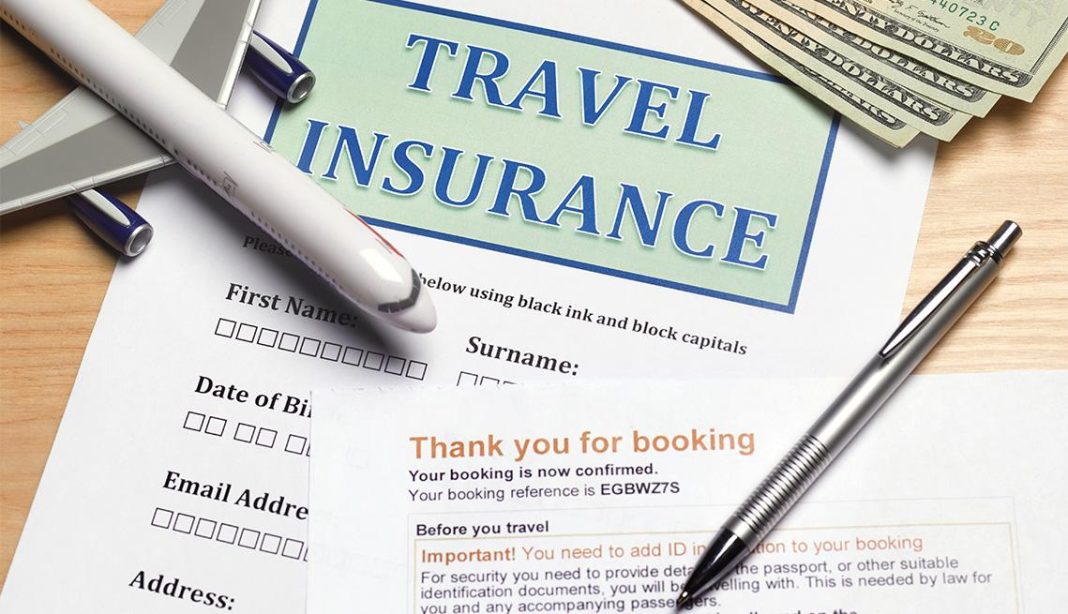Travel insurance is often touted as an essential safety net for any trip, promising peace of mind against unforeseen events. However, many travelers find themselves questioning whether they’re paying too much for coverage they might not even need. With a myriad of options and often complex terms, it’s easy to get lost in the details and end up over-insured. This article will guide you through the process of evaluating your travel insurance needs, helping you make informed decisions and potentially saving you money. By understanding the intricacies of travel insurance, you can ensure you’re adequately protected without breaking the bank.
Understanding the Basics of Travel Insurance Coverage
When considering travel insurance, it’s crucial to understand the core components of coverage to avoid unnecessary costs. At its essence, travel insurance is designed to protect against unexpected events that could disrupt your trip, such as trip cancellations, medical emergencies, and lost baggage. However, not all policies are created equal, and many travelers may find themselves paying for coverage they don’t actually need. To make informed decisions, focus on the essential elements that align with your travel needs.
- Trip Cancellation/Interruption: Ensure your policy covers non-refundable expenses if your trip is canceled or cut short due to unforeseen circumstances.
- Medical Coverage: Consider the adequacy of medical coverage, especially if traveling internationally, where healthcare costs can be unpredictable.
- Lost or Delayed Baggage: Evaluate if you need compensation for lost, stolen, or delayed baggage, particularly if carrying valuable items.
- Emergency Evacuation: Determine if your destination or activities warrant the need for emergency medical evacuation coverage.
By focusing on these fundamental components, you can customize your travel insurance policy to suit your specific needs, ensuring that you’re not overpaying for unnecessary extras. Always read the fine print and compare policies to find the right balance between cost and coverage.

Identifying Common Unnecessary Add-ons and Their Costs
When evaluating travel insurance, it’s easy to get lost in a sea of options and add-ons that may not be necessary for your specific needs. Here are some common extras that can inflate your costs without adding real value:
- Flight Delay Coverage: While it may seem essential, many credit cards already offer compensation for delayed flights. Check your card benefits before opting for this add-on.
- Rental Car Insurance: If you already have auto insurance or your credit card provides coverage, this could be a redundant expense. Always verify existing policies to avoid double coverage.
- 24-Hour Assistance Services: Some policies charge extra for round-the-clock support, but this is often included in standard packages. Make sure you’re not paying twice for the same service.
- Sports and Adventure Activities: Unless you plan on participating in high-risk activities, you might not need this costly add-on. Standard policies usually cover basic sports activities.
By carefully scrutinizing these add-ons, you can streamline your travel insurance and eliminate unnecessary expenses, ensuring you’re only paying for what you truly need. Remember, a tailored policy can provide peace of mind without breaking the bank.
How to Evaluate Your Personal Travel Needs Effectively
To ensure you’re not overspending on travel insurance, it’s crucial to assess what you truly need. Start by considering the type of trip you’re planning. Are you embarking on a short domestic getaway or a lengthy international adventure? Different trips demand different coverage levels. Identify the nature of your journey and align your insurance accordingly.
- Frequency of Travel: If you’re a frequent traveler, an annual policy might be more cost-effective than purchasing insurance for each trip.
- Activities Planned: Engaging in high-risk activities like skiing or scuba diving? Make sure your policy covers these, or you could be paying for coverage you won’t use.
- Health Considerations: Review your existing health insurance to see what it covers abroad, and opt for additional coverage only if necessary.
Additionally, evaluate the value of your belongings and the risk of theft or loss during your travels. Tailor your coverage to protect what matters most, avoiding unnecessary add-ons that inflate costs without offering real benefits. By focusing on these key factors, you can customize your travel insurance to fit your personal needs perfectly, ensuring peace of mind without breaking the bank.

Practical Tips for Finding the Best Value Travel Insurance
When it comes to securing the best value in travel insurance, a strategic approach can help you save money while ensuring adequate coverage. Start by assessing your travel needs: consider factors such as your destination, trip duration, planned activities, and any existing health conditions. Tailor your policy to these specifics rather than opting for a one-size-fits-all package.
- Compare multiple providers: Use online comparison tools to evaluate various insurance options, focusing on both price and coverage specifics.
- Check existing coverage: Review your current insurance policies and credit card benefits to avoid overlapping coverage that might inflate your costs unnecessarily.
- Consider a multi-trip policy: If you travel frequently, an annual multi-trip policy might offer better value than purchasing single-trip coverage each time.
- Read the fine print: Understand what is and isn’t covered, and be aware of any exclusions or conditions that could affect your coverage.
By focusing on these key areas, you can make informed decisions that not only protect your travel plans but also keep your budget in check. Remember, the goal is to secure peace of mind without overspending on unnecessary features.
The Way Forward
understanding the intricacies of travel insurance is crucial to ensuring you’re not overpaying for coverage you don’t need. By assessing your travel habits, reviewing existing policies, and comparing options, you can make informed decisions that align with your actual needs. Remember, the goal is to find a balance between adequate protection and cost-effectiveness. Empower yourself with knowledge, ask the right questions, and don’t hesitate to seek professional advice if necessary. With these strategies, you can travel with peace of mind, knowing you have the right coverage at the right price. Safe travels!

